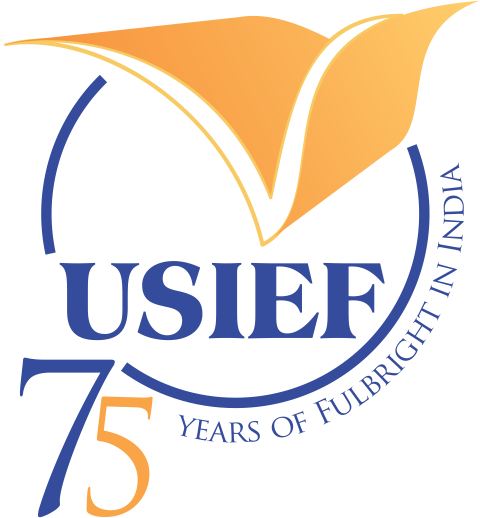Originally from India, Dr. Sunanda Sanyal is currently a professor of art history and critical studies at the College of Art & Design of Lesley University in Cambridge, Massachusetts. He has been teaching at this institution since 1999. He has a PhD in art history from Emory University (2000), an MFA in art history from Ohio University (1993), and an MFA in visual arts from the University of California, San Diego (1990).
Dr. Sanyal’s research interests include contemporary artists from former colonies in global discourses, and politics of representation and identity. He has chaired panels on contemporary artists of color at various conferences, including those of the College Art Association, the African Studies Association, the Arts Council of the African Studies Association, and the American Council of South and Southeast Asian Art. He has published articles and reviews of contemporary art in journals and contributed chapters to volumes of essays on art history and criticism. Some of his publications are: “Critiquing the Critique: El Anatsui and the Politics of Inclusion”, World Art (Routledge); “‘Being Modern’: Identity Debates and Makerere’s Art School in the 1960s”, A Companion to Modern African Art (Wiley-Blackwell); and “Teaching Art History at an Art School: Making Sense from the Margin”, Transforming Classroom Culture: Inclusive Pedagogical Approaches (Palgrave Macmillan). In 2009, Dr. Sanyal produced and directed a two-part documentary film, A Homecoming Spectacle, on the visual culture of Durga Pujo in Kolkata, focusing on the involvement of contemporary artists in the décor of the festival. Currently, he is also serving as a content fellow for SmartHistry.org; besides, he is working on a book project on a history of civic statuary in Kolkata, India.
Dr. Sanyal’s Fulbright-Nehru project is constructing a historical narrative across three phases of Kolkata’s civic statuary: the colonial commemoration of prominent men of the British Raj; the post-Independence celebration of the leaders of Indian freedom struggle; and the current populist trend of statues of cultural celebrities. This comparative inquiry of the three phases is tracing the evolving role of this genre of public images in shaping Kolkata’s visual and political landscapes. The aim is to locate points of overlap and divergence that illuminate the dual role of Kolkata’s public statues as both aesthetic markers and tools of political identity.

